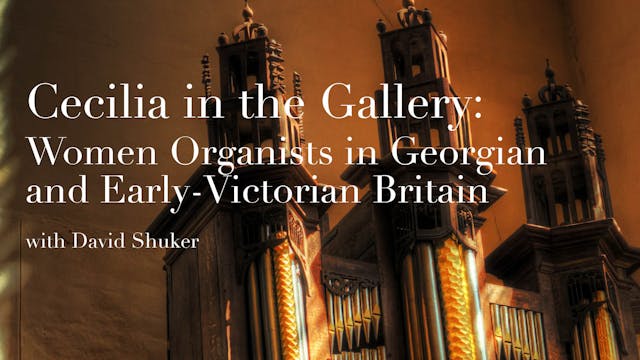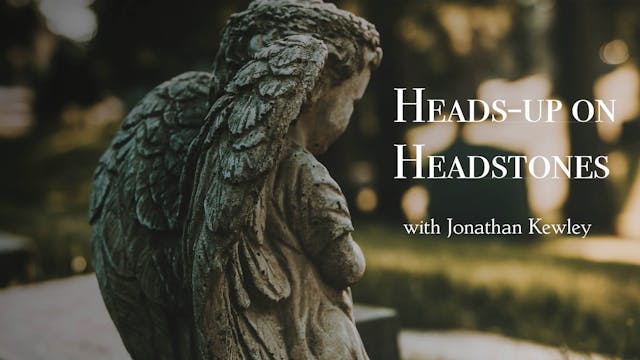The Rose and the Brush
Our Free Lectures
•
1h 15m
During the spring 1620, the emperor of the Mughal dynasty, Jahangir, visited the region of Kashmir. In his memoirs, he described with awe the colourful flowers he saw, all in bloom at this time of the year. He also related how he tasked one of his imperial artist, Mansur, to paint more than a hundred of these flowers. This anecdote is often used as a starting point for the craze for floral motifs that inhabited Mughal art during the 17th century. While the love of the first Mughal emperors for nature is not to be understated, another source of inspiration became available to painters of the imperial workshop in the years 1620s: European herbaria and florilegia. The tulipomania that made Europe tremble at the end of the 1630s delivered a large production of printed flower books with botanically accurate illustrations, some of which travelled to India and Persia, where they were copied and adapted to local taste, resulting in large productions that echoed to all artistic media until the 19th century. This talk offers some insights into the development of flower painting in Mughal India and Safavid Persia, in connexion with the production of botanical illustration in Europe. It also questions the notions of cultural exchanges, copy and adaptation, and global art history during the age of discovery.
Dr Isabelle Imbert is an independent scholar and art advisor with a Ph.D. in Islamic Art History from the Sorbonne University. She he has been sharing her expertise on Islamic arts for more than a decade, with private institutions and auction houses, as well as delivering lectures, teaching and creating educational content via her website and her podcast, the Art Informant. Her main research interests include artistic encounters between Europe, Iran and India between the 16th and the 19th centuries, the tradition and practice of album compilation, as well as the constitution and trade of European collections, current art market practices and governing legislation.
Up Next in Our Free Lectures
-
Cecilia in the Gallery
It is probably one of the uncelebrated triumphs of the Georgian Anglican Church that, in most parishes where they were appointed, women organists were employed on the same terms as men. They took part in open elections and when appointed they received the same salary. This would appear to be an e...
-
Heads-up on Headstones
Most old churches, including those cared for by the CCT, are surrounded by churchyards full of gravestones, but how much do we know about them - the variety of forms they take, and who commissioned or made them? This talk will give an initial overview of English churchyard memorials from the Refo...
-
Shadowlands: A Journey Through Lost B...
This is the forgotten history of Britain's lost cities, ghost towns and vanished villages: our shadowlands.
Britain's landscape is scarred with haunting and romantic remains; these shadowlands that were once filled with life are now just spectral echoes. Peering through the cracks of history, we...



